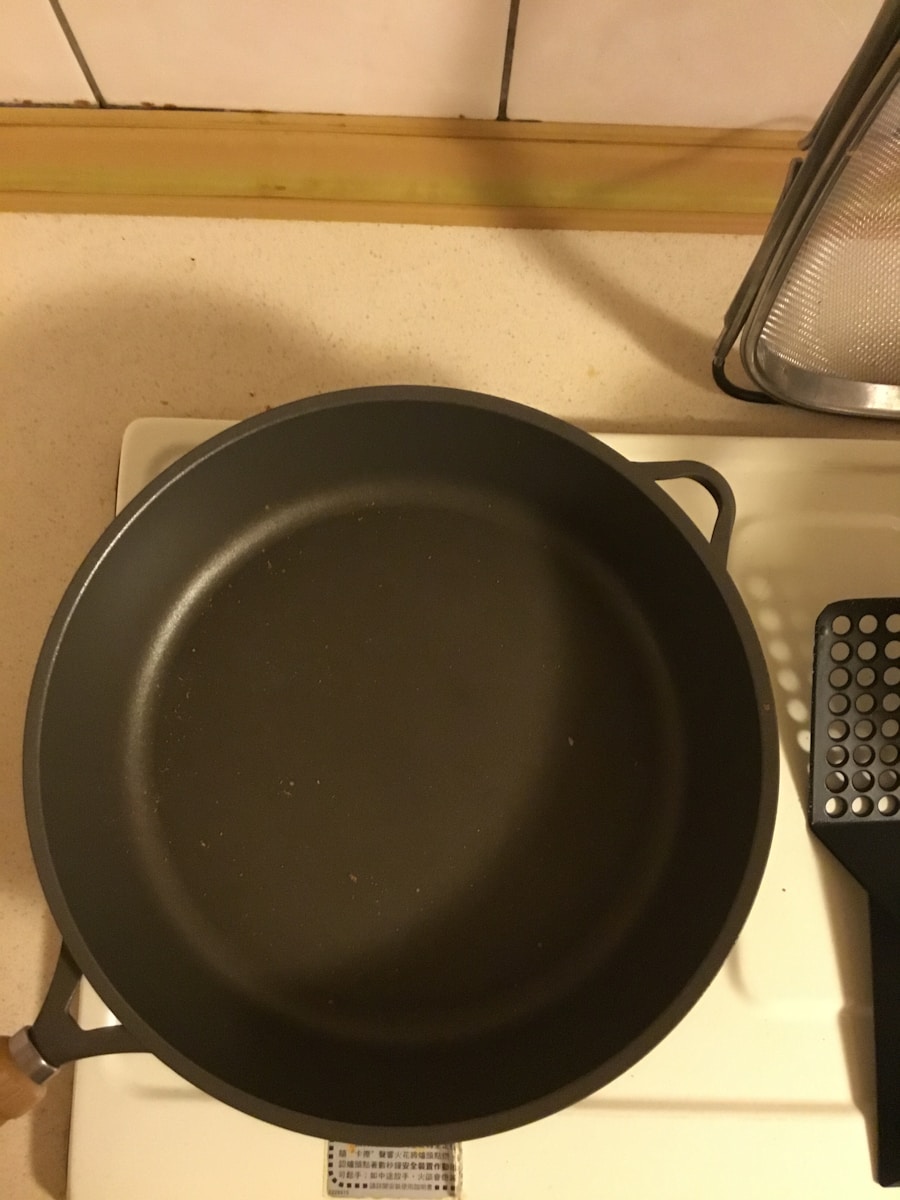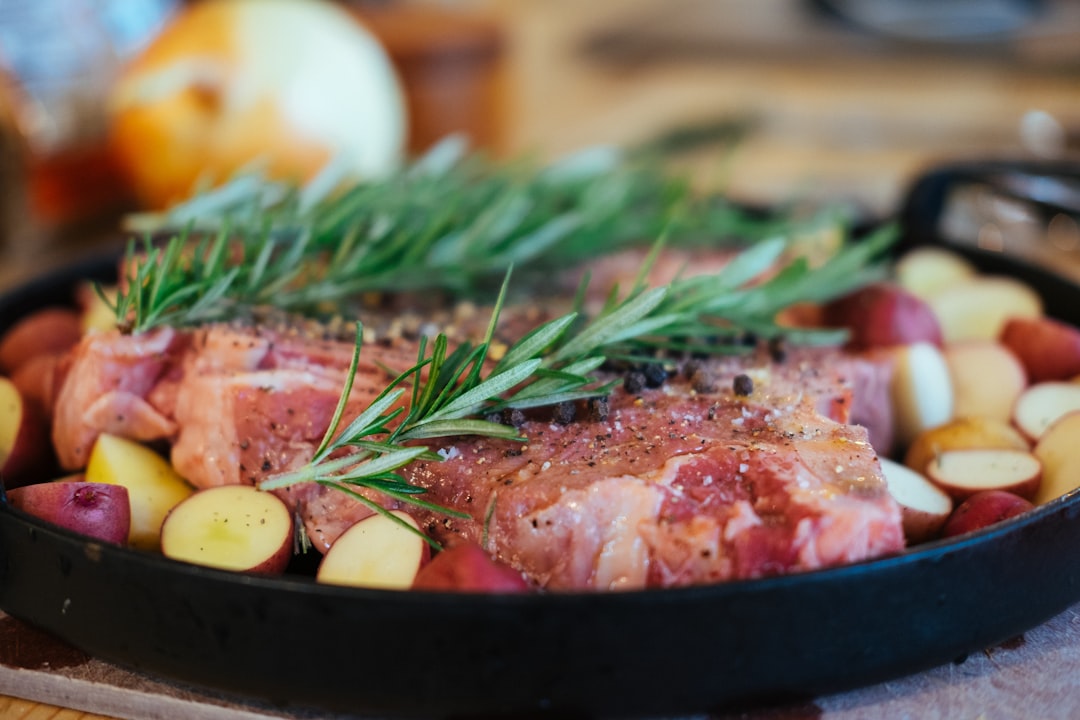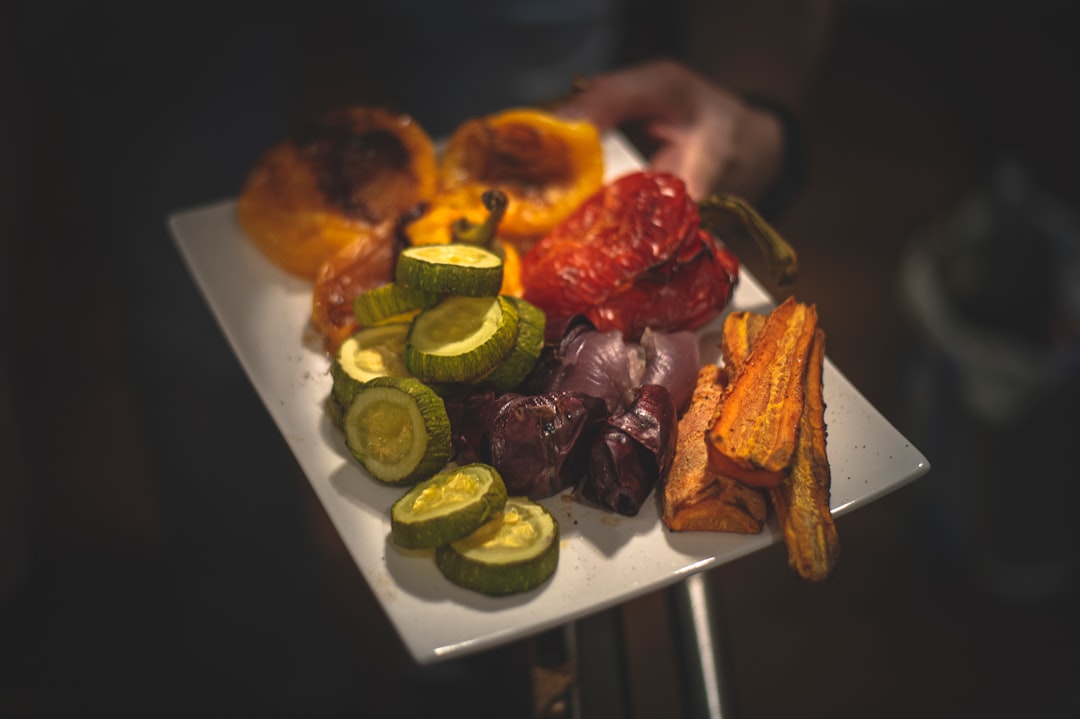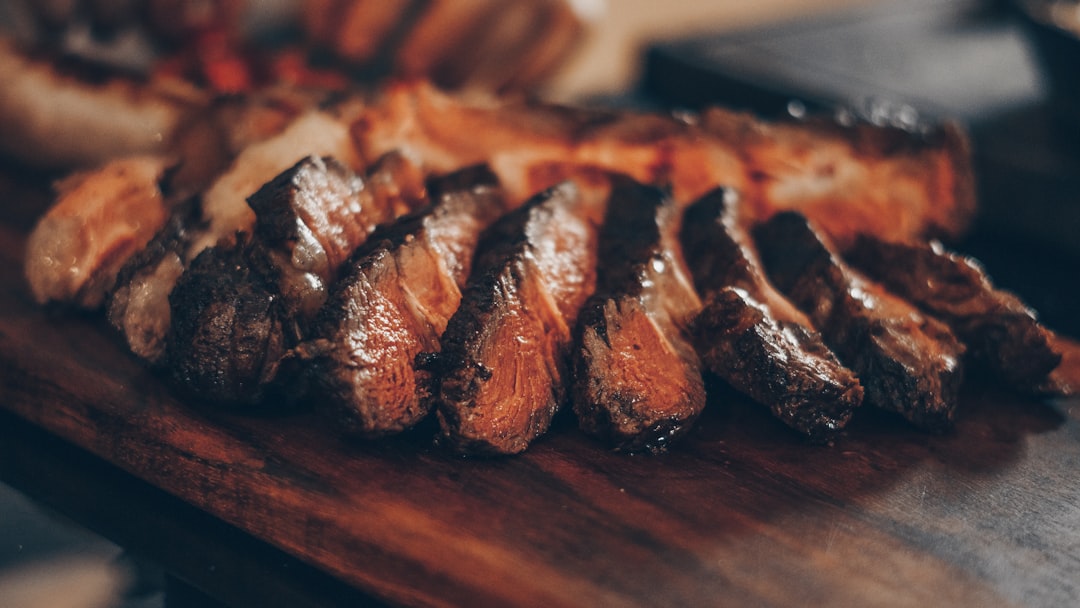Culinary arts encompass a vast and intricate world that combines creativity, technique, and a deep understanding of food science. This field is not merely about cooking; it is an exploration of flavors, textures, and the cultural significance of food. Culinary arts involve the preparation, cooking, and presentation of food, transforming raw ingredients into delightful dishes that can evoke emotions and memories.
The journey into culinary arts begins with a passion for food and a desire to share that passion with others, whether through professional endeavors in restaurants or personal experiences in home kitchens. The culinary landscape is rich with history and tradition, influenced by various cultures and regions around the globe. Each cuisine tells a story, reflecting the local ingredients, climate, and customs of its people.
As one delves deeper into culinary arts, it becomes evident that this discipline is not static; it evolves continuously, incorporating new techniques, trends, and innovations. From the meticulous precision of French cuisine to the bold flavors of Thai cooking, the culinary arts offer endless opportunities for exploration and creativity. Aspiring chefs and home cooks alike can find inspiration in the diverse array of cooking styles and philosophies that exist today.
Key Takeaways
- Culinary arts is the art of preparing and cooking food, and it encompasses a wide range of skills and techniques.
- Knife skills and cutting techniques are essential for any chef, and mastering them can greatly improve the efficiency and safety in the kitchen.
- Understanding cooking methods such as braising, steaming, and poaching is crucial for creating a variety of dishes with different textures and flavors.
- Mastering flavor profiles and seasoning is key to creating well-balanced and delicious dishes, and it involves understanding the use of herbs, spices, and other flavor enhancers.
- The art of plating and presentation is important for creating visually appealing dishes that are as pleasing to the eye as they are to the palate.
Knife Skills and Cutting Techniques
The Importance of Cutting TechniquesUnderstanding the Anatomy of a Knife
Understanding the anatomy of a knife is crucial for effective use. The blade’s edge, tip, spine, and handle all play significant roles in how a knife performs. Different types of knives serve specific functions; for example, a chef’s knife is versatile for chopping and slicing, while a paring knife excels at intricate tasks like peeling fruits or deveining shrimp.
Proper Knife Maintenance and Appreciation
Additionally, proper knife maintenance—sharpening and honing—ensures optimal performance and longevity. Learning to wield a knife with confidence not only improves efficiency but also fosters a deeper appreciation for the art of cooking.
Understanding Cooking Methods
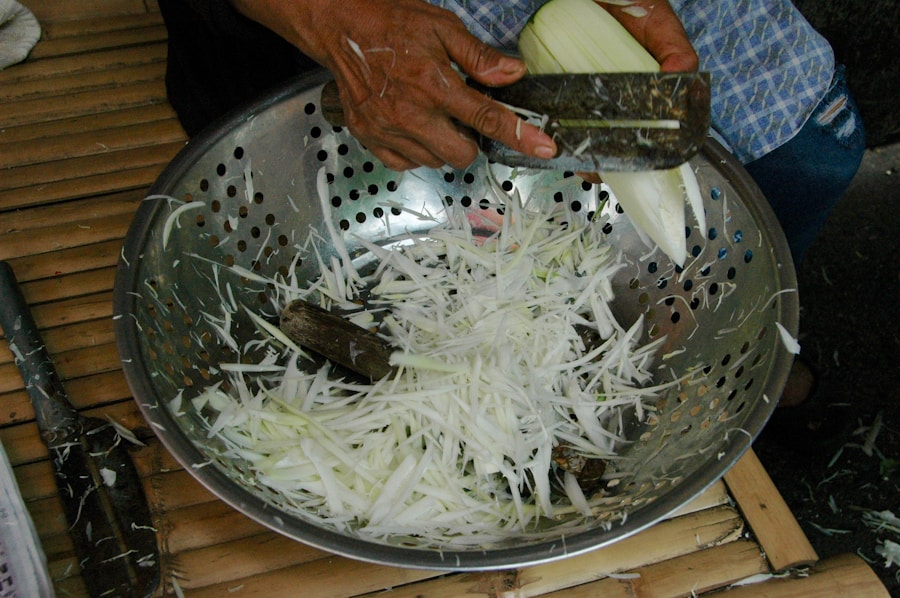
Cooking methods are diverse and can be broadly categorized into dry heat and moist heat techniques. Dry heat methods include roasting, baking, grilling, and sautéing, where heat is applied without moisture. These techniques often enhance the natural flavors of ingredients through caramelization and browning.
For instance, roasting vegetables at high temperatures can bring out their sweetness while creating a crispy exterior. On the other hand, moist heat methods such as boiling, steaming, and braising involve water or steam to cook food. These techniques are particularly effective for tenderizing tougher cuts of meat or preserving the nutrients in vegetables.
Each cooking method has its own set of principles that dictate how heat interacts with food. Understanding these principles allows chefs to manipulate flavors and textures intentionally. For example, when braising meat, the combination of low heat and moisture breaks down collagen in tougher cuts, resulting in tender, flavorful dishes.
Conversely, grilling imparts a smoky flavor while creating a charred exterior that contrasts beautifully with the juicy interior of meats. By mastering various cooking methods, chefs can expand their repertoire and create an array of dishes that showcase their culinary skills.
Mastering Flavor Profiles and Seasoning
| Flavor Profiles | Seasoning | Usage |
|---|---|---|
| Sweet | Sugar, Honey | Used in desserts, sauces |
| Salty | Salt, Soy Sauce | Enhances savory dishes |
| Sour | Lemon, Vinegar | Used in dressings, marinades |
| Bitter | Coffee, Dark Chocolate | Balances sweetness, adds depth |
| Umami | Tomato, Parmesan Cheese | Enhances savory flavors |
Flavor profiles are essential to creating balanced and harmonious dishes. They encompass the combination of tastes—sweet, sour, salty, bitter, and umami—that contribute to the overall experience of eating. Understanding how these flavors interact allows chefs to craft dishes that are not only delicious but also complex and satisfying.
For instance, balancing acidity with sweetness can elevate a dish; a splash of vinegar or citrus juice can brighten rich sauces or roasted meats. Seasoning is a critical component in achieving the desired flavor profile. Salt is often considered the most important seasoning as it enhances natural flavors and can transform bland ingredients into something extraordinary.
However, seasoning extends beyond salt; herbs and spices play vital roles in flavor development. Fresh herbs like basil or cilantro can add brightness to dishes, while spices such as cumin or paprika introduce warmth and depth. The art of seasoning involves understanding when to add these elements—whether during cooking or as a finishing touch—to achieve maximum impact.
The Art of Plating and Presentation
Plating is an essential aspect of culinary arts that goes beyond mere aesthetics; it is an opportunity to express creativity and enhance the dining experience. The way food is presented on a plate can influence perceptions of taste and quality. A well-plated dish invites diners to engage with their meal visually before they even take a bite.
Techniques such as layering ingredients, using negative space effectively, and incorporating vibrant colors can transform a simple dish into an artistic masterpiece. The choice of plateware also plays a significant role in presentation. Different shapes, sizes, and colors can complement or contrast with the food being served.
For example, a white plate provides a clean canvas that allows colorful ingredients to stand out, while dark plates can create drama by highlighting lighter foods. Additionally, garnishes should be chosen thoughtfully; they should enhance the dish without overwhelming it. Edible flowers, microgreens, or drizzles of sauce can add visual interest while contributing to flavor complexity.
Cooking with Heat: Grilling, Roasting, and Baking
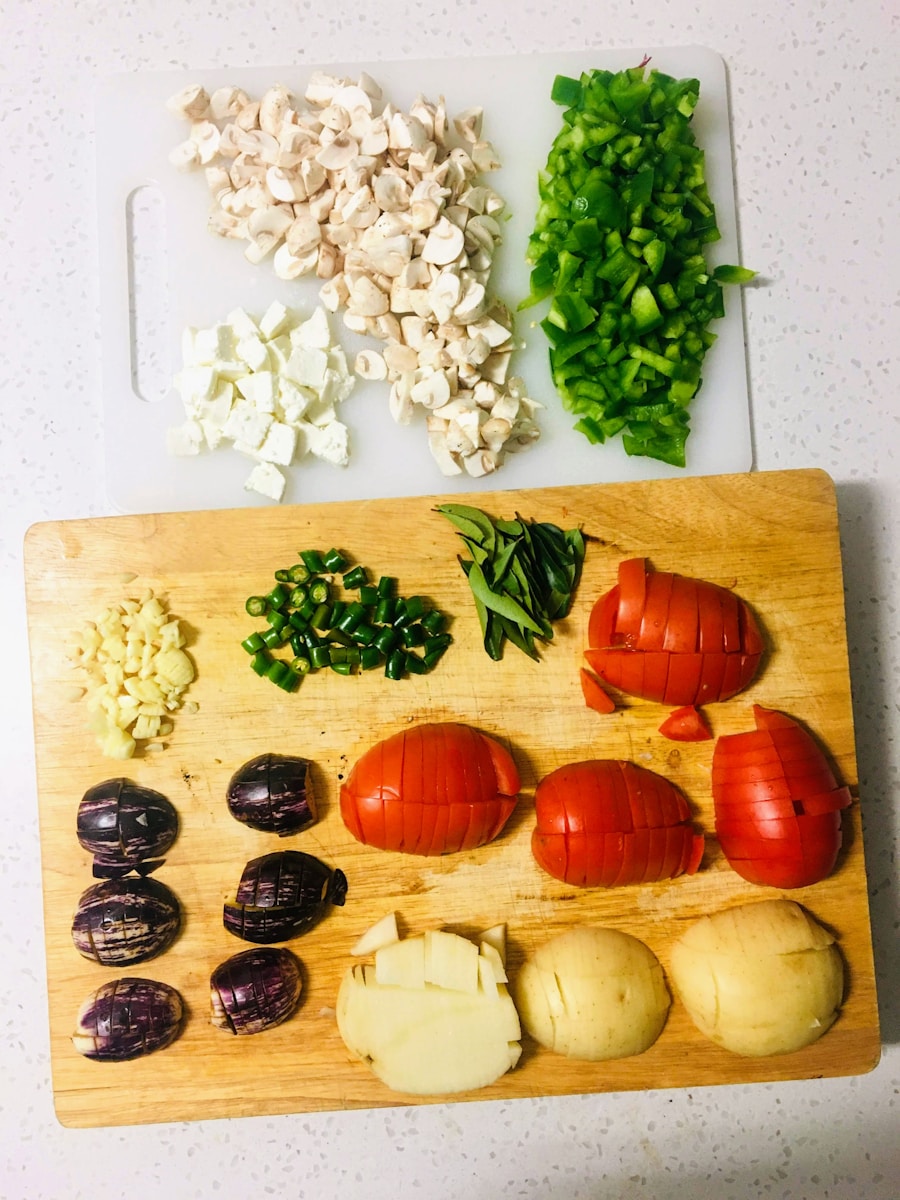
The Science of Grilling
Mastering grilling requires an understanding of heat zones, which allows chefs to achieve perfectly cooked dishes with desirable textures. Direct heat is used for searing, while indirect heat is used for cooking through.
Roasting is another dry heat method that involves cooking food evenly in an oven at high temperatures. This technique is particularly effective for meats and vegetables alike.
The Benefits of Roasting
Roasting enhances natural sugars through caramelization while allowing moisture to escape. When done correctly, roasting can yield tender interiors with crispy exteriors, making it ideal for cooking whole chickens or root vegetables.
Baking shares similarities with roasting but often involves batter-based dishes like cakes or bread that require precise temperature control for optimal results.
The Art of Baking
Baking requires a deep understanding of temperature control and timing to produce perfect baked goods. With practice and patience, anyone can master the art of baking and create delicious treats.
Techniques for Sautéing, Stir-Frying, and Pan-Frying
Sautéing is a quick cooking method that involves cooking food over relatively high heat with minimal fat in a shallow pan. This technique allows for rapid cooking while preserving the texture and flavor of ingredients. Sautéing vegetables until they are just tender retains their vibrant colors and nutrients while developing complex flavors through browning.
The key to successful sautéing lies in maintaining high heat without overcrowding the pan; this ensures even cooking and prevents steaming. Stir-frying is similar but typically involves higher heat levels and constant movement of ingredients in a wok or large skillet. This method is prevalent in Asian cuisines where quick cooking preserves the freshness of vegetables while imparting bold flavors from sauces or seasonings added during the process.
Pan-frying differs from sautéing in that it uses more fat to cook food at moderate temperatures; this technique is ideal for achieving crispy textures on proteins like chicken or fish while ensuring they remain juicy inside.
Mastering the Basics of Baking and Pastry Making
Baking is both an art and a science that requires precision in measurements and techniques to achieve desired results consistently. The chemistry behind baking involves interactions between ingredients such as flour, sugar, fats, eggs, and leavening agents like baking powder or yeast. Understanding how these components work together allows bakers to create everything from fluffy cakes to flaky pastries.
Pastry making encompasses various techniques that require skillful handling of doughs such as puff pastry or shortcrust pastry. Each type has its own unique properties; for instance, puff pastry relies on layers of butter folded into dough to create its signature flakiness when baked. Mastering these techniques involves practice and patience but rewards bakers with delicious creations ranging from tarts to croissants that showcase their craftsmanship.
In conclusion, culinary arts represent a multifaceted discipline that combines technical skills with creative expression. From mastering knife skills to understanding cooking methods and flavor profiles, each aspect contributes to the overall experience of preparing food. As one delves deeper into this world, it becomes clear that culinary arts are not just about sustenance; they are about culture, tradition, and the joy of sharing meals with others.
